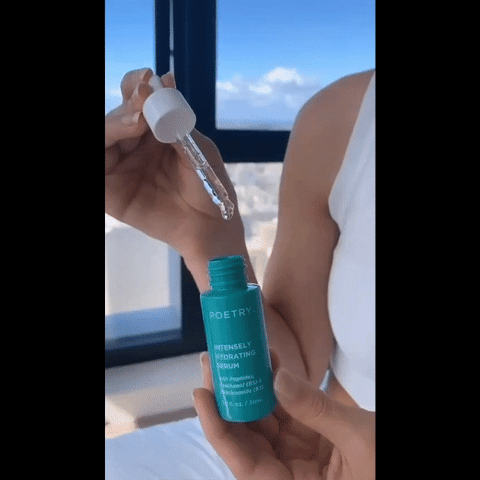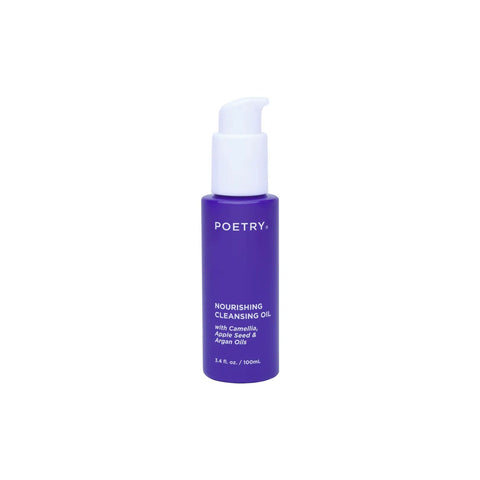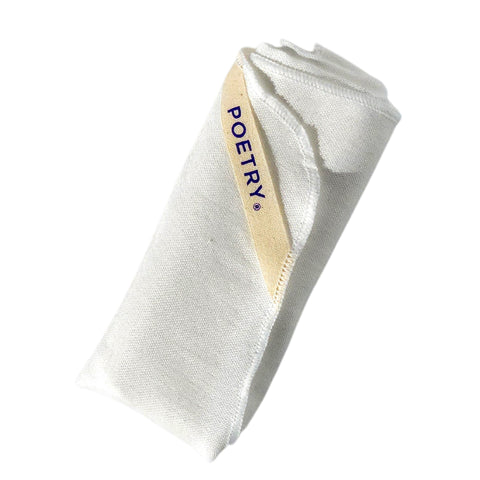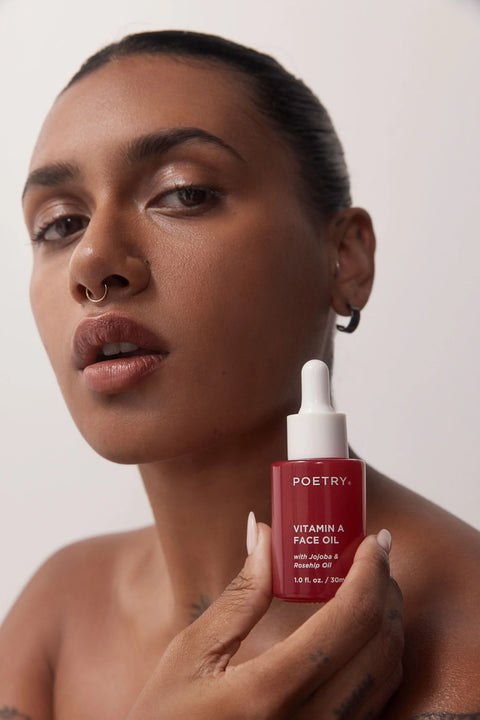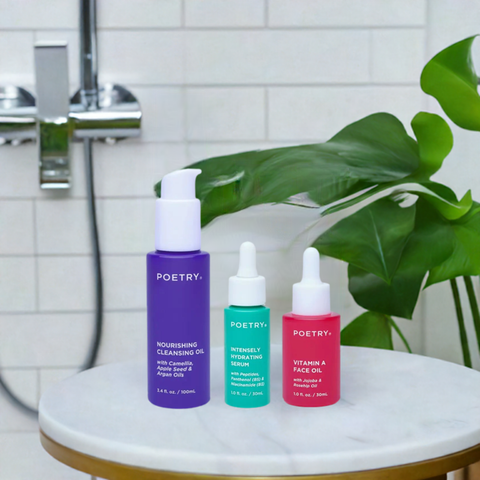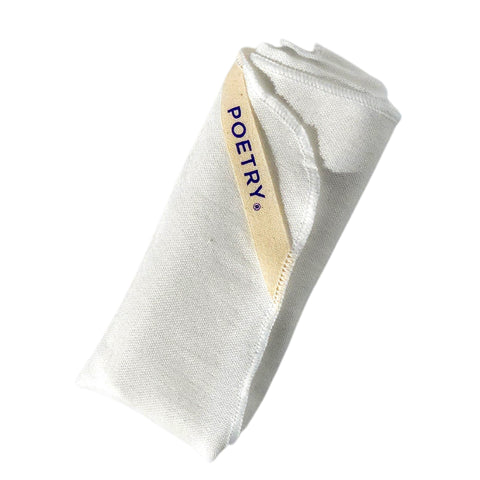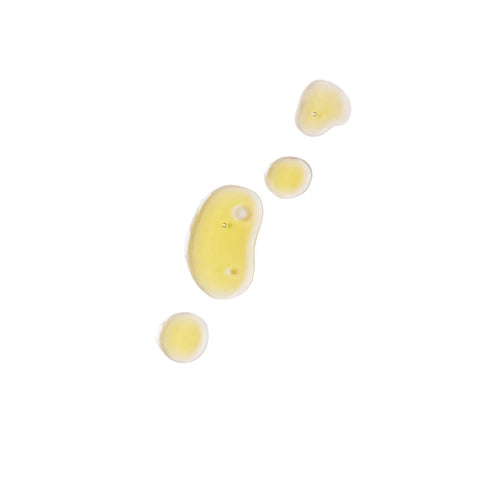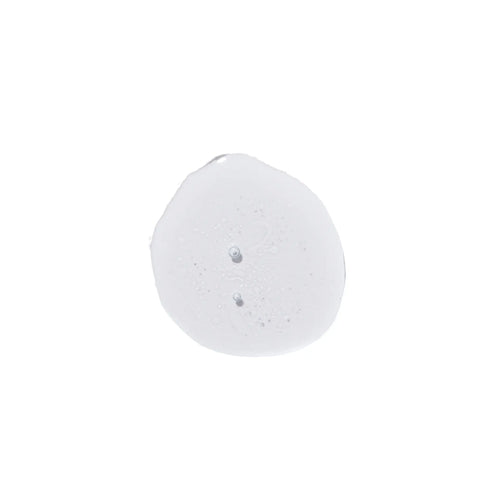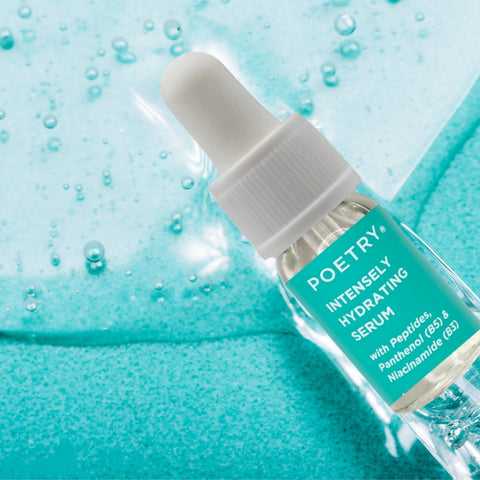Panthenol (Pro-Vitamin B5)
Benefits: Hydration, Soothing
Categories: Humectant, Solvent
- Often referred to as provitamin B5
- May also help reduce redness in skin
- Hydrating ingredient with the ability to attract and retain moisture
- When applied topically it converts into pantothenic acid
Description
Panthenol, also known as provitamin B5, is a popular ingredient in skincare products due to its potential benefits for the skin. Here are some studies that have examined the skin benefits of panthenol:
-
Moisturizing and Hydrating Effects: A study published in the Journal of Cosmetic Science evaluated the moisturizing effects of panthenol on human skin. The researchers found that panthenol increased the water content of the stratum corneum (outermost layer of the skin) and improved skin hydration, suggesting its effectiveness as a moisturizing agent.
-
Wound Healing and Skin Barrier Repair: Panthenol has been reported to have wound healing properties. In a study published in the Journal of Ethnopharmacology, researchers investigated the effects of panthenol on skin wound healing in rats. They observed that panthenol accelerated wound closure, promoted collagen synthesis, and enhanced the formation of new blood vessels, indicating its potential in supporting wound healing and skin barrier repair.
-
Anti-Inflammatory Effects: Panthenol has been shown to possess anti-inflammatory properties. A study published in the European Journal of Medical Research evaluated the anti-inflammatory effects of panthenol on human skin cells. The researchers found that panthenol suppressed the production of inflammatory cytokines and reduced inflammation in skin cells, suggesting its potential for soothing and calming inflamed skin.
-
Skin Barrier Enhancement: Panthenol has been reported to enhance the skin barrier function. A study published in the International Journal of Cosmetic Science examined the effects of panthenol on the skin barrier in healthy volunteers. The researchers observed that panthenol improved the skin barrier integrity and reduced water loss, indicating its potential in strengthening and protecting the skin barrier.
-
Skin Anti-Aging Effects: Panthenol has been suggested to have anti-aging effects on the skin. A study published in the Journal of Cosmetic Dermatology investigated the effects of panthenol-containing formulations on the appearance of facial skin in women. The results showed improvements in skin elasticity, hydration, and overall skin condition, suggesting the potential anti-aging benefits of panthenol.
These studies provide evidence of the potential skin benefits of panthenol, including moisturization, wound healing, anti-inflammatory effects, skin barrier enhancement, and anti-aging properties. However, it's important to note that individual results may vary, and more research is needed to further understand the mechanisms and full range of benefits associated with panthenol.
References
- "Dexpanthenol – Compound summary". PubChem Compound. USA: National Center for Biotechnology Information. 25 March 2005. Identification. Retrieved 29 June 2012.
- ^ Jump up to:a b c Haberfeld H, ed. (2015). Austria-Codex (in German). Vienna: Österreichischer Apothekerverlag. Bepanthen Creme.
- ^ Jump up to:a b c Ebner F, Heller A, Rippke F, Tausch I (2002). "Topical use of dexpanthenol in skin disorders". American Journal of Clinical Dermatology. 3 (6): 427–33. doi:10.2165/00128071-200203060-00005. PMID 12113650. S2CID 35836478.
- ^ Dinnendahl V, Fricke U, eds. (1991). Arzneistoff-Profile (in German). Vol. 7 (8 ed.). Eschborn, Germany: Govi Pharmazeutischer Verlag. Pantothensäure. ISBN 978-3-7741-9846-3.
- ^ Jump up to:a b List PH, Hörhammer L, eds. (1969). Hagers Handbuch der pharmazeutischen Praxis (in German). Vol. 2. Springer. p. 699.
- The Journal of Dermatological Treatment, August 2017, pages 173-180
- American Journal of Clinical Dermatology, Volume 3, 2002, pages 427-433
- Journal of Cosmetic Dermatology, January 2019, pages 346-354
- Cosmetic Ingredient Review, March 2018, pages 1-51
- The Linus Pauling Institute, Oregon State University, Accessed April 2021, ePublication
- Journal of Cosmetic Science, August 2011, pages 361-370
- International Journal of Cosmetic Science, December 2019, pages 534-547










